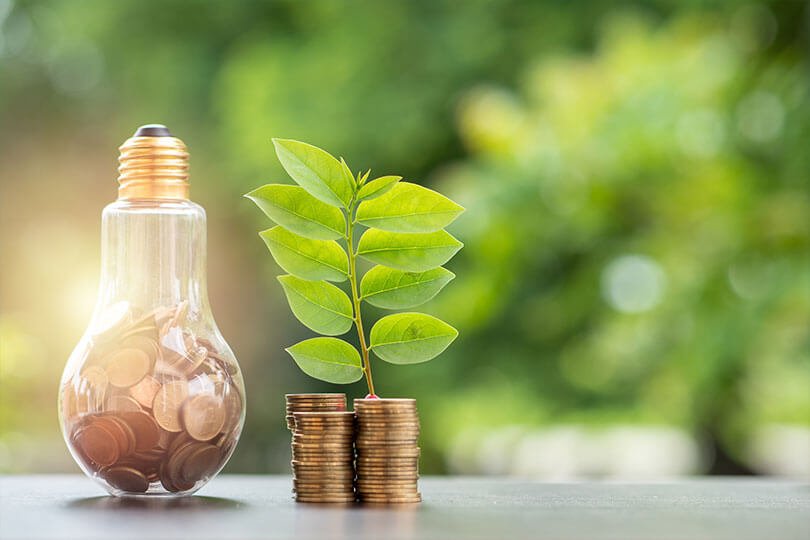Natural disasters can strike unexpectedly, causing damage to property and endangering lives. For homeowners, being prepared is crucial to minimize risks and recover quickly. From creating a disaster plan to fortifying your home, taking proactive steps can make all the difference.
1. Understand Your Local Risks
The first step in disaster preparedness is understanding the types of natural disasters common in your area.
Key Questions to Ask:
- Is your home in a flood zone?
- Are hurricanes, tornadoes, or wildfires common in your region?
- What are the seasonal risks?
Resources:
- Consult local government disaster preparedness plans.
- Use FEMA’s Flood Map Service to assess flood risks.
2. Create an Emergency Plan
A well-thought-out plan ensures that your family knows what to do in an emergency.
Components of a Good Plan:
- Evacuation Routes: Identify safe exits and meeting points.
- Communication Plan: Keep a list of emergency contacts.
- Disaster Kit: Stock essential supplies like water, food, first aid, and flashlights.
Practice Makes Perfect:
Conduct regular drills to ensure everyone understands the plan.
3. Reinforce Your Home
Making your home disaster-resistant can prevent extensive damage.
Steps to Fortify Your Home:
- Install storm shutters or impact-resistant windows.
- Reinforce doors and garage doors against high winds.
- Secure heavy furniture and appliances to prevent tipping.
- Ensure your roof is anchored properly for high wind resistance.

4. Prepare for Power Outages
Power outages are common during disasters and can last for days.
Tips for Managing Outages:
- Invest in a backup generator or battery-powered solutions.
- Store non-perishable food that doesn’t require refrigeration.
- Charge portable power banks for phones and essential devices.
5. Safeguard Important Documents
Losing critical documents during a disaster can complicate recovery.
How to Protect Documents:
- Keep originals in a waterproof and fireproof safe.
- Create digital backups and store them in the cloud.
- Include insurance policies, identification, and medical records.
6. Review Your Insurance Coverage
Ensure your homeowner’s insurance adequately covers natural disasters.
Insurance Tips:
- Check for gaps in your policy, such as flood or earthquake exclusions.
- Keep an inventory of valuable possessions with photos and receipts.
- Update your policy annually to reflect renovations or purchases.
7. Stay Informed
Knowledge is power during natural disasters.
Ways to Stay Updated:
- Monitor weather updates via reliable apps or local news channels.
- Sign up for emergency alerts from local authorities.
- Purchase a battery-powered weather radio for real-time information.
8. Prepare Your Landscaping
Your yard can either help or hinder during a disaster.
Tips for Disaster-Resistant Landscaping:
- Trim trees and remove dead branches that can become projectiles.
- Use fire-resistant plants and mulch in wildfire-prone areas.
- Grade your yard to direct water away from your home in flood zones.
9. Community Involvement
Being part of a prepared community can make a significant difference.
How to Contribute:
- Join local preparedness groups or neighborhood watch programs.
- Share resources and plans with neighbors.
- Volunteer with organizations like the Red Cross during emergencies.
10. Post-Disaster Recovery
After the disaster, focus on safety and rebuilding.
Immediate Steps:
- Check your property for hazards like gas leaks or structural damage.
- Document damages with photos for insurance claims.
- Work with licensed contractors for repairs and restoration.
Conclusion
Preparing for natural disasters is a critical responsibility for homeowners. By understanding risks, creating a plan, and taking preventive measures, you can protect your home and loved ones. While disasters are unpredictable, being prepared ensures that you can face them with confidence and resilience.











